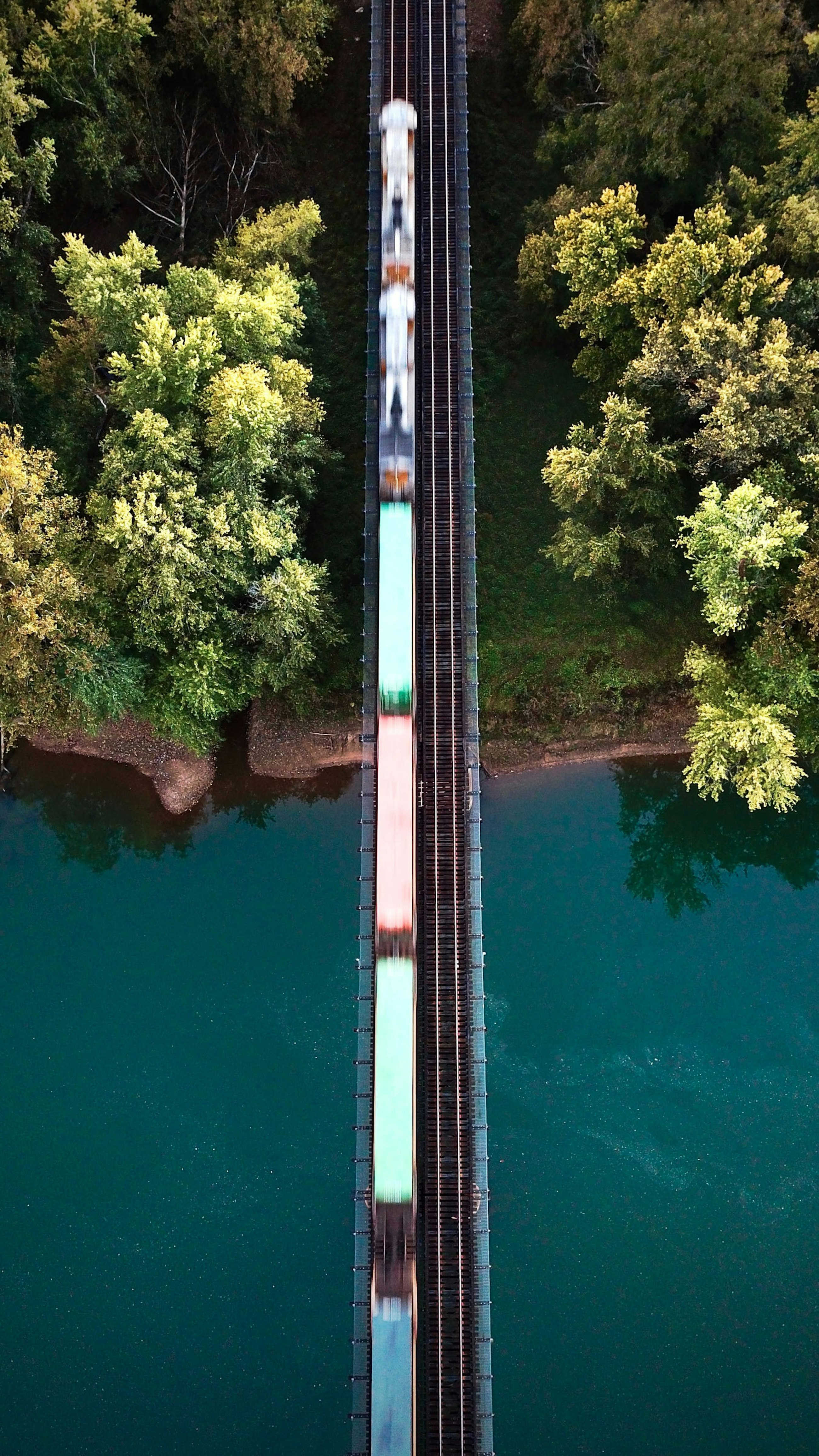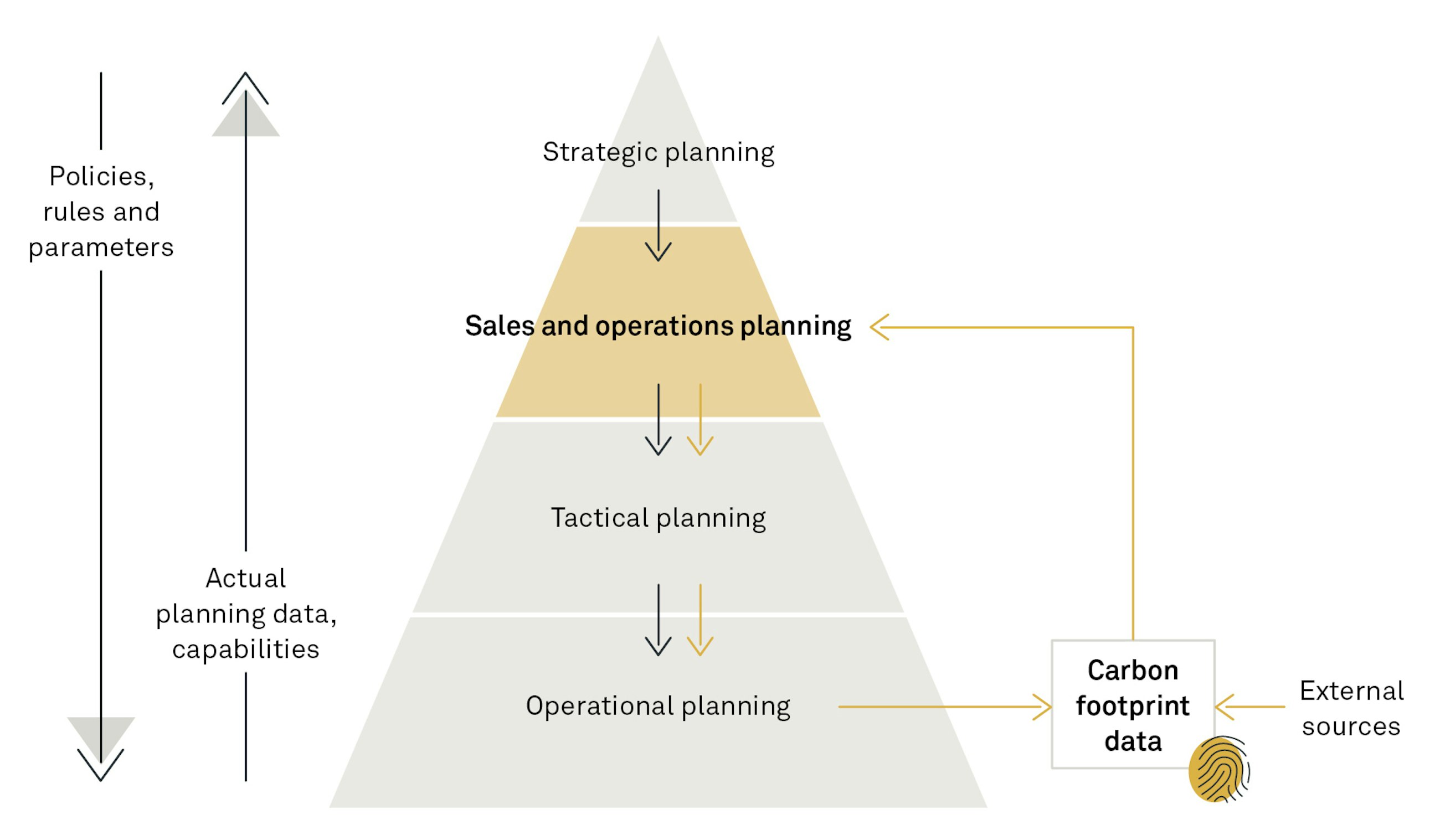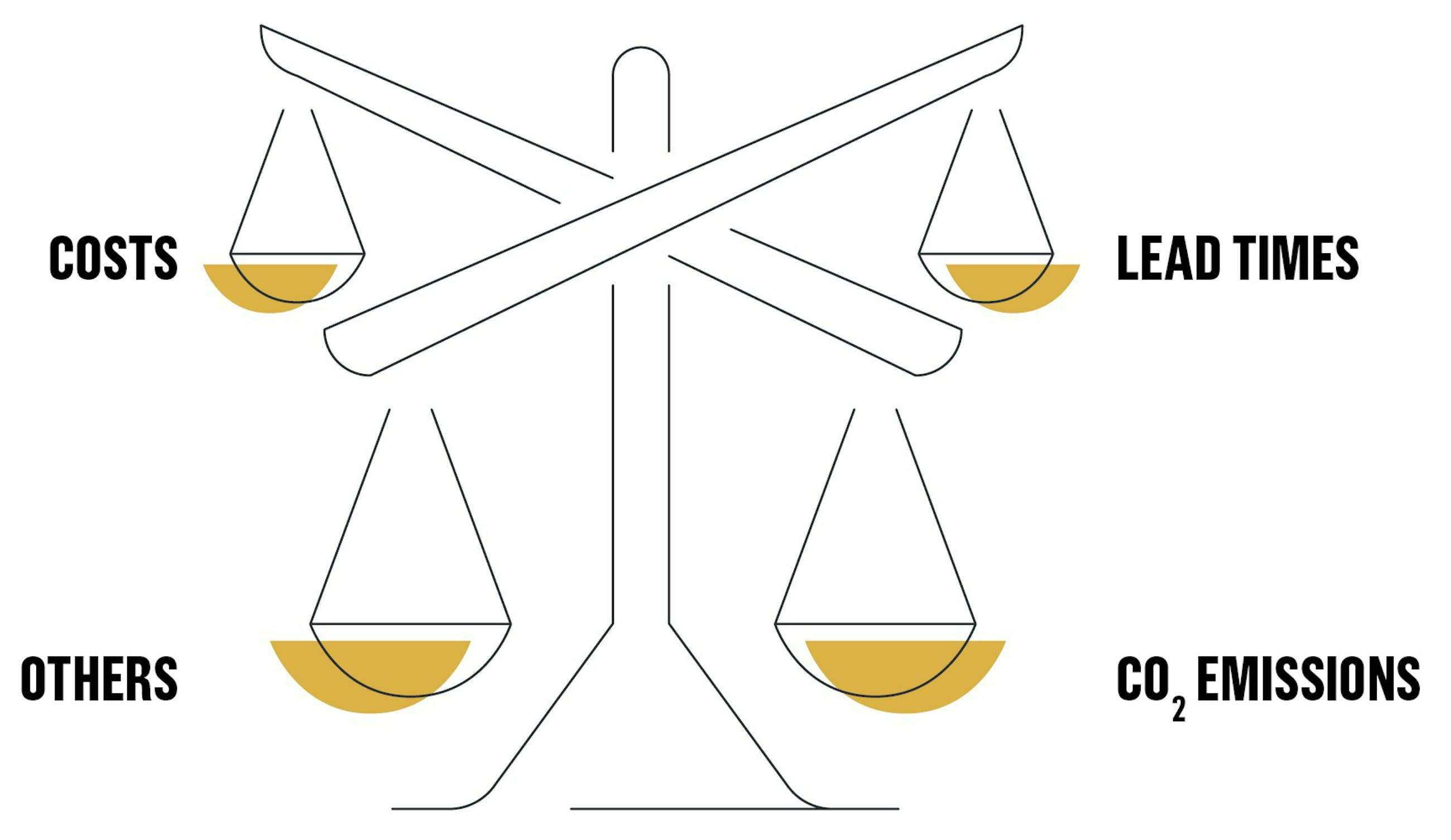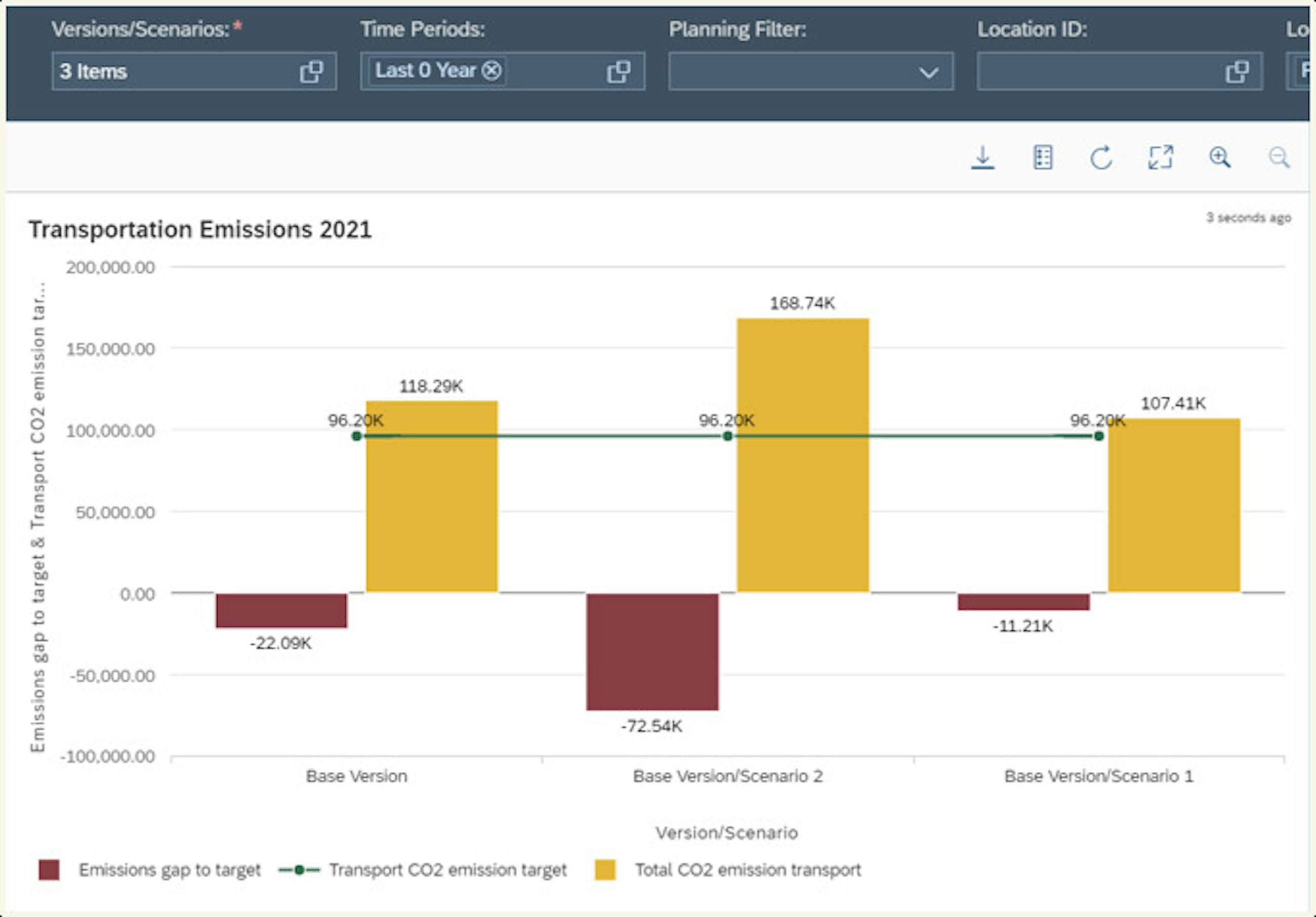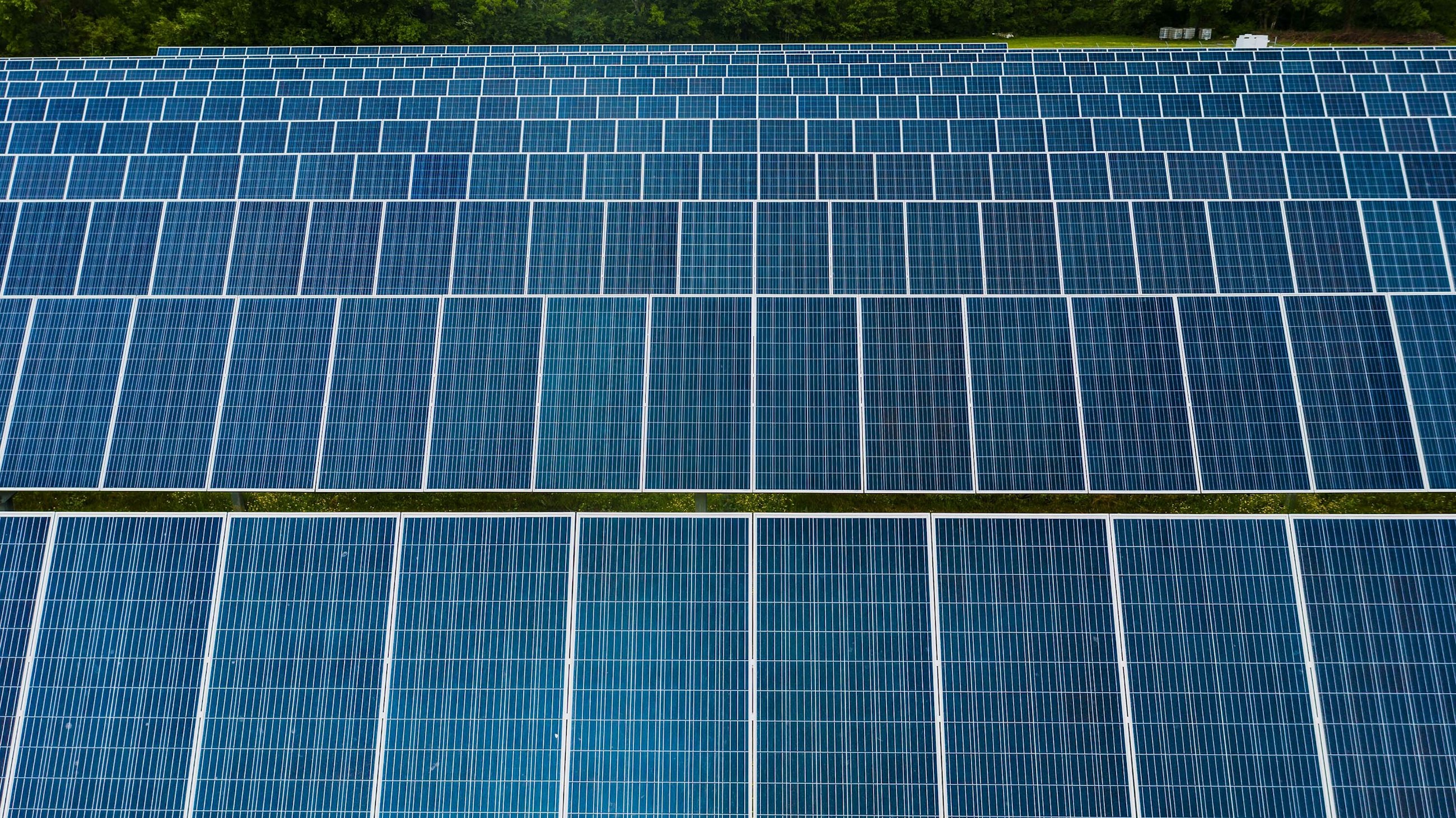Using SAP IBP to support your sustainability strategy
16 December 2021
Is your company struggling to translate high-level sustainability goals into tangible planning activities? You can use SAP Integrated Business Planning (IBP) as a platform to enrich your sales and operations planning process with carbon emission data, so you can make business decisions which support your sustainability strategy.
The current challenge
Tackling climate change is currently at the top of the agenda of most countries to comply with the Paris Agreement and meet the 1.5°C target. Additionally, the severity of the climate crisis together with the opportunities brought about by a low-carbon future have led an increasing number of companies to commit to “net zero” and set the goal of becoming carbon neutral within a certain time frame.
It all sounds good on paper, but when turning these commitments into something actionable, supply chain leaders and executives often lack the visibility necessary to translate the corporate sustainability strategy into concrete planning decisions. This is a big problem, since planning is what drives execution activities such as purchasing, production and transport, and these activities are often the ones contributing to most of a company’s emissions.
Although many organisations recognise the need for decarbonisation and have the willingness to take an active role in making their supply chains more sustainable, planners may struggle to connect financial and operational targets with emission reduction targets in their day-to-day jobs. However, it does not need to be this way: if planners have access to the right information and tools, they can steer the company’s operations in the right direction.
The solution: Sustainable S&OP powered by SAP IBP
We have leveraged the power and flexibility of SAP IBP by combining it with data on greenhouse gas emissions and waste. This allows us to bring the carbon dimension into the supply chain plans and start assessing the plans from a sustainability point of view. So, provided that data is gathered up front, you can enhance your planning using SAP IBP.
With our solution, you can integrate the product CO2e emissions at different levels of your supply chain: for example, you can include emissions from purchased materials and energy, production activities, your transport network etc. You can then use this information to evaluate the expected carbon footprint of your S&OP plan in a simple way. In addition to this, you can also integrate other information such as production waste and water usage, which can help bring even more visibility into the environmental impact of your operations.
Once you integrate the relevant data on sustainability into SAP IBP, you enable an improved decision-making process. Indeed, in the context of sustainable sales and operations planning (Sustainable S&OP), our solution allows planners to make decisions based not only on demand, supply and financial measures but also on CO2e emissions and waste generated. In this way, the outcome of S&OP can be a feasible, profitable but also sustainable set of plans, which by cascading it down to the operational level will ultimately make supply chain operations more fit for the future.
Planners can use the simulation capabilities of SAP IBP to create alternative planning scenarios and compare them to the baseline plan. Comparisons can also be made against the emission target so that planners can evaluate scenarios from a sustainability point of view on top of or together with other scenarios (e.g. cost-based).
By bringing sustainability into S&OP meetings, you can transform your sustainability ambitions into tangible inputs for improved decision-making. For example, you may have two equivalent scenarios from a cost perspective, but one could be preferred from an emission point of view; or based on your company strategy, you could favour a scenario with a slightly higher cost but lower emissions. According to your company strategy, you can give weight to the different priorities (e.g. costs, lead time, CO2 etc.), enabling you to make the most optimal decisions.
Also, by incorporating sustainability as a concrete element in your supply chain planning, you can support your communication towards your customers and make your objectives for a more sustainable business more tangible to everyone.
